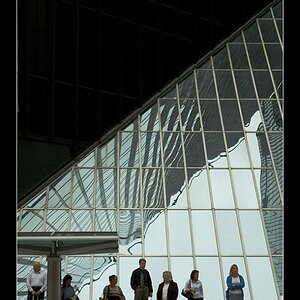TwoTwoLeft
No longer a newbie, moving up!
- Joined
- Apr 8, 2011
- Messages
- 497
- Reaction score
- 182
- Location
- Santa Paula, Ca
- Can others edit my Photos
- Photos OK to edit
Will all UV filters produce lens flare? Or are there better quality that are more resistant? Can anyone recommend a good quality 72mm? I've been looking at Hoya and B+W. Am I on the right track?
The reason I ask about the lens flare is that I just got a Canon EFs 15-85mm. With out the filter it does a great job of controlling lense flare. I bought a cheap UV filter at Best Buy just for now to protect it but noticed significant flare even with the hood on (sun & inside lights) Will a better quality filter prevent this?
The reason I ask about the lens flare is that I just got a Canon EFs 15-85mm. With out the filter it does a great job of controlling lense flare. I bought a cheap UV filter at Best Buy just for now to protect it but noticed significant flare even with the hood on (sun & inside lights) Will a better quality filter prevent this?


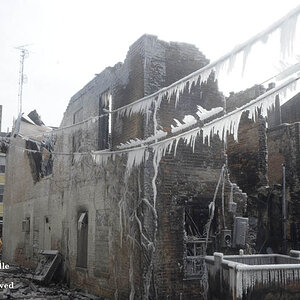
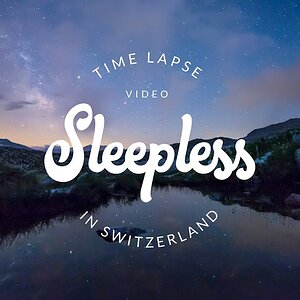
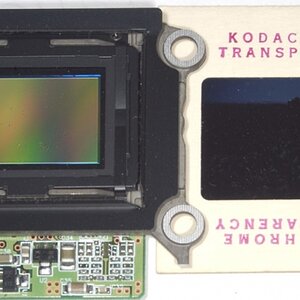
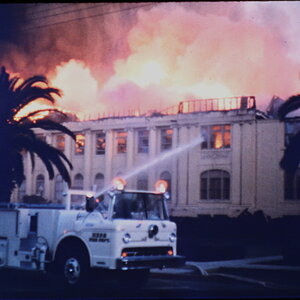
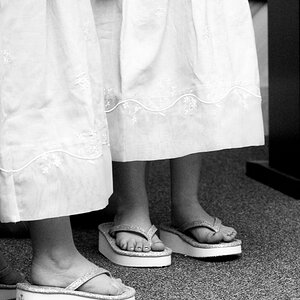


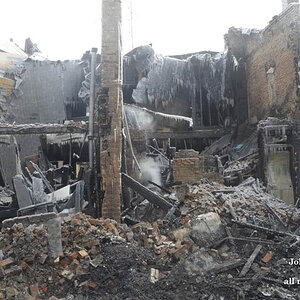
![[No title]](/data/xfmg/thumbnail/37/37538-d4704bfd4f0e4b1941649d81ff8edf2c.jpg?1619738133)

![[No title]](/data/xfmg/thumbnail/37/37535-0e9dcff8bc21e85b84fa89af160ac8d5.jpg?1619738132)
